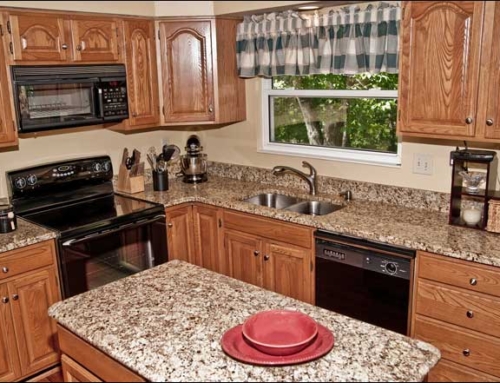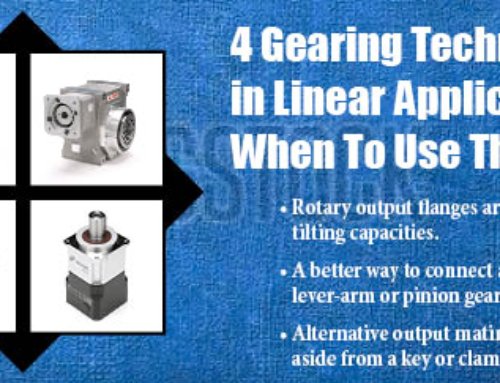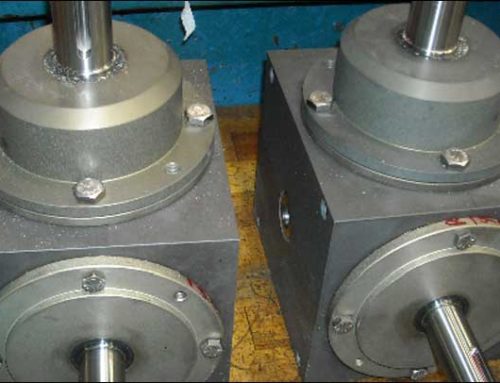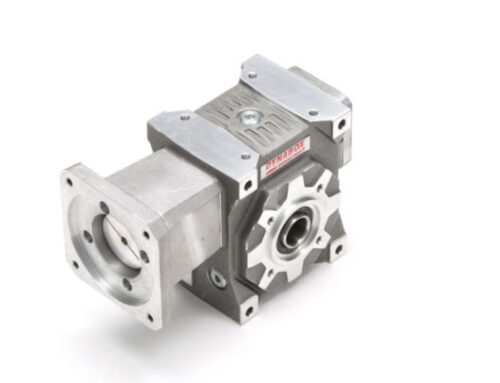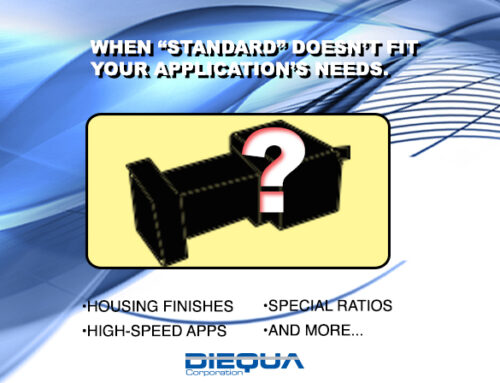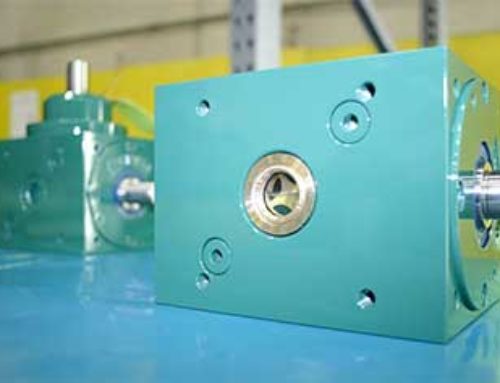There are a lot of industrial applications for gear products in harsh environments with not a lot of sources for them. Some of those gearbox applications require operating underwater. I’d say that’s pretty harsh. But it’s something we’ve been able to offer in a number of instances.
A customer recently approached us with a request for a gearbox to be used in a wastewater treatment plant. We had done other applications for this customer, but this gearbox had to be able to operate underwater. They were designing an agitation system, which in this case, included an impeller that slowly rotated to keep sediments from accumulating on the bottom of the wastewater reservoir.

There are a variety of other aerators, agitators and scrapers that require gearboxes with corrosion-resistant properties in wastewater treatment engineering. Whether it’s municipal or industrial waste processing can make a difference in the contaminates present and therefore the possibility of alternate protection options being necessary.
Most of these types of devices require the gearbox to be near or suspended over the reservoir. There is always a high moisture condition since it’s usually outside and subjected to the elements. In our application, the underwater gearbox was to be submerged up to 15 feet deep below the surface, so additional factors had to be considered.
Although the complete design details were not divulged, the basic concept was to have a high ratio fractional horsepower gearmotor rotate a line shaft that reached to the bottom of the reservoir where it would drive a 1:1 ratio bevel box that in turn drove the agitating impeller. It was this bevel box that we were requested to supply.
The performance requirements were not overly demanding. Gearbox speed was only going to be between 6-8 rpm and the torque required was less than 100 ft/lbs. But they wanted to calculate for a 10-year service life and there was that condition of operation underwater.
With this information, the basic parameters of the application had been outlined. We knew torque, speed, gearbox ratio and life required. Those were the factors needed to select the gearbox size. Still to be determined was a protection system to avoid corrosion, appropriate lubrication and a sealing system to withstand the water pressure at 15 feet deep.
While bearing life calculations can be performed to alter standard gearbox catalog ratings, we chose to use a service factor of 2.5 to get the extended life. Because the actual load was going to be somewhat variable due to contaminant viscosity variances, an accurate analysis wouldn’t really be possible. Using this factor, we chose our Tandler size A1 spiral bevel gearbox in shaft arrangement I, with a ratio of 1:1.

Because the rotational speed was so slow, shear friction and its affects on lubrication breakdown and heat build up were non-consequential. So instead of the standard ISO VG68 oil used in typical industrial applications, we decided on a synthetic liquid grease. This included the extreme pressure additives necessary to reduce gear and bearing wear while allowing us to provide a virtual lifetime lubrication scenario, eliminating the need for general maintenance of the gearbox.
To protect the housing from corrosion, we employed the QPQ, or Tufftride (PDF – 1.4MB), process. This is a carbon surface hardening process that changes the molecular structure of the cast iron surface without affecting the dimensions, giving it a black color. This system is often used on a variety of external automotive components to protect against corrosion from water and road salt. Custom stainless steel housings were deemed cost prohibitive and unnecessary for this purpose.
However, the shafts, keys and all fasteners were made out of stainless steel, which provided the best protection. These components were not that much more expensive than plating standard production parts and offered much more reliable corrosion resistance.
A sealing system to withstand the water pressure was a little more tricky but doable. Because of the low speed, resulting in limited shaft to seal friction, we were able to modify the end plates and bearing caps to incorporate a series of special o-rings. This design kept the grease in and water out.
In all, we were able to provide a design that provided the long life and reliable operation that the customer was unable to find from another source.
We’ve done other underwater applications from nuclear rod actuation in cooling pools to off shore tidal power generation. Each one of these applications has its unique characteristics of speed, torque and environmental challenges. Perhaps these will be highlighted in future application articles.
While DieQua offers an extensive range of standard gearboxes and speed reducers, it’s our ability to analyze unique requirements and modify existing designs to satisfy them that sets us apart. Our vast experience in providing customized solutions to a wide variety of industries can be a valuable asset to your engineering team in helping to solve the unique challenges that often come up.
So, next time you are stymied with an environmental or performance gearbox issue, give us a call. It’s likely we’ve already done something like it before.
